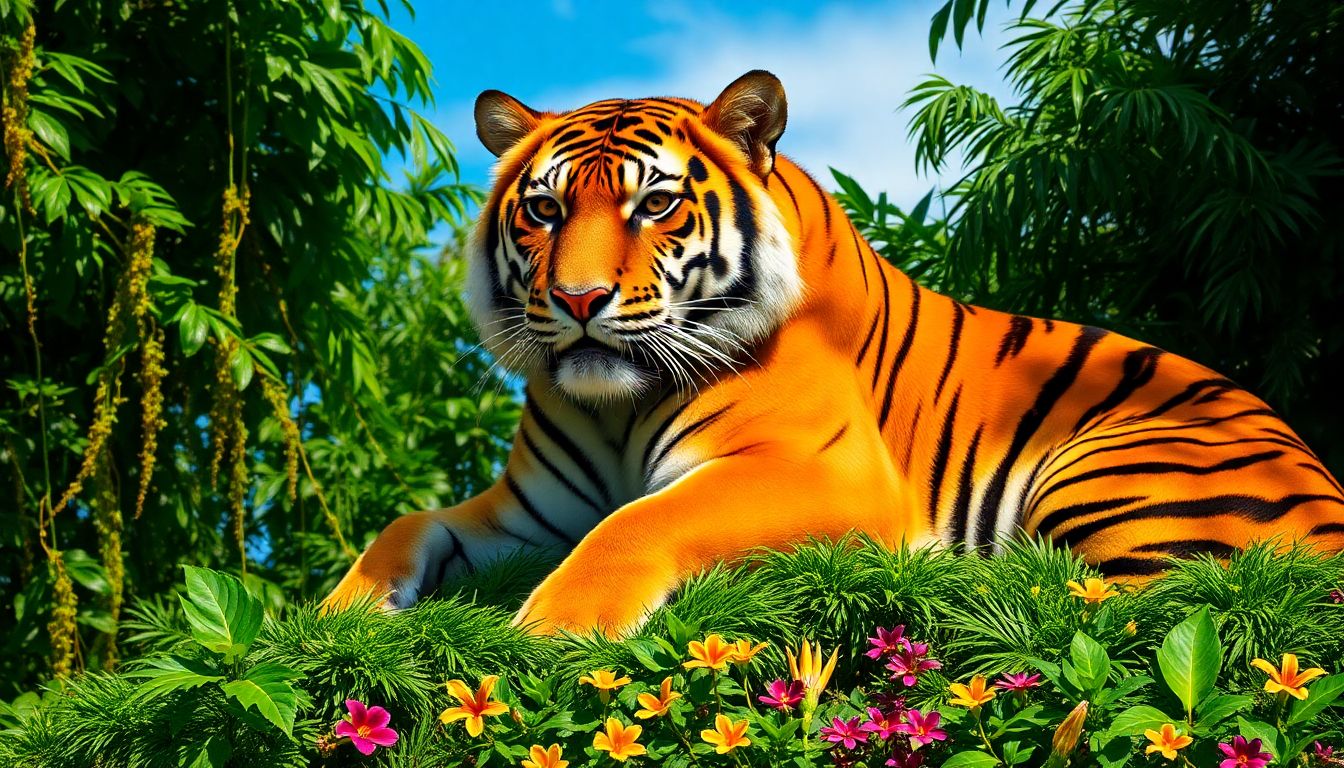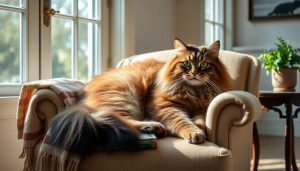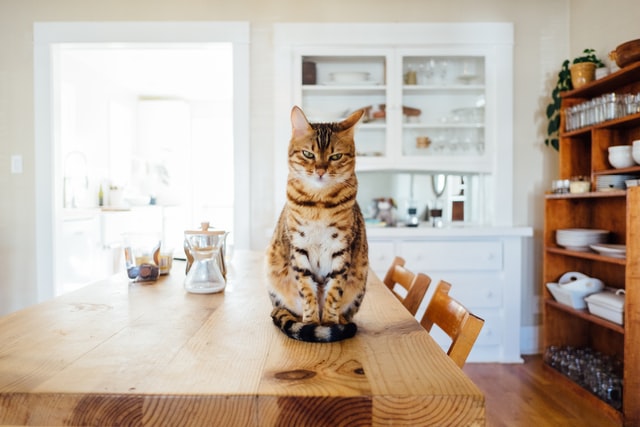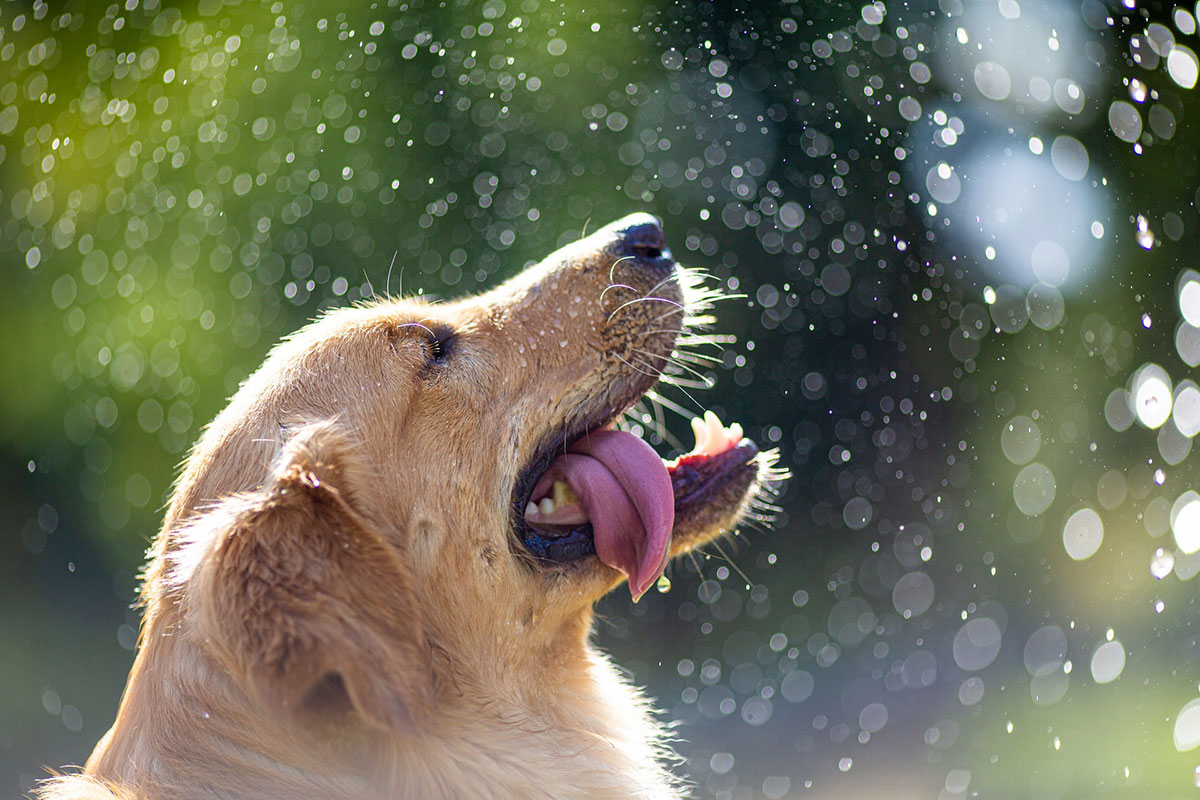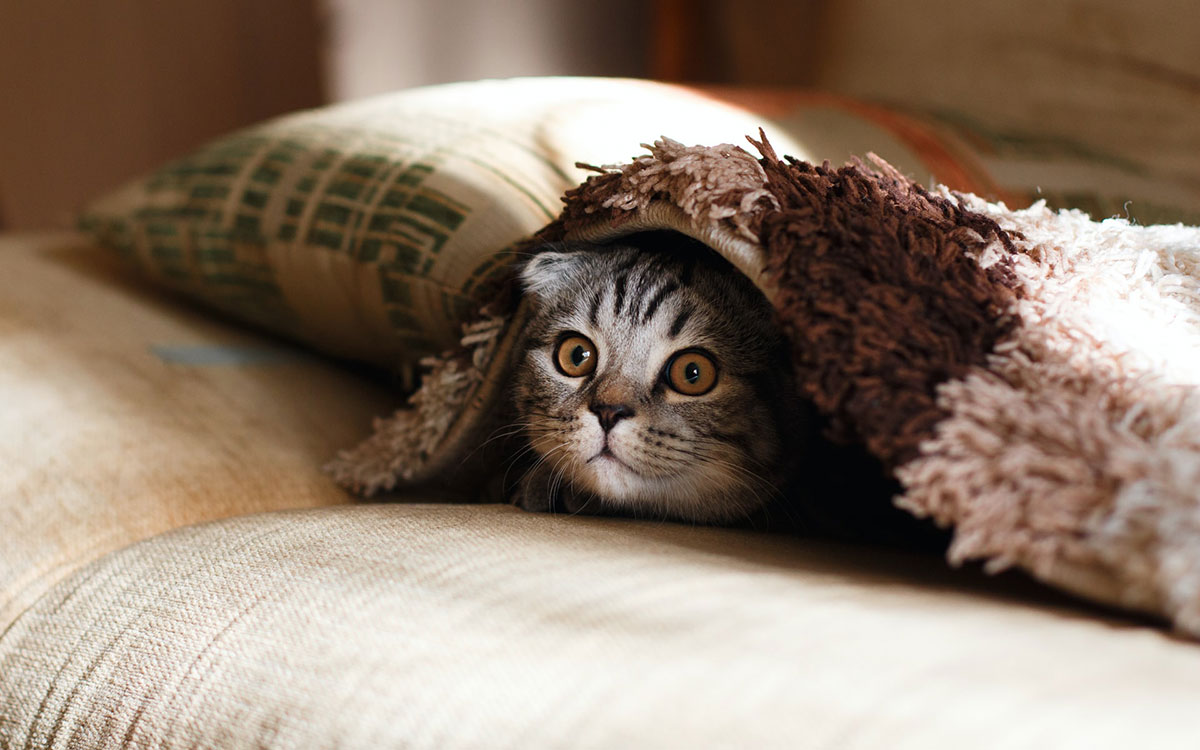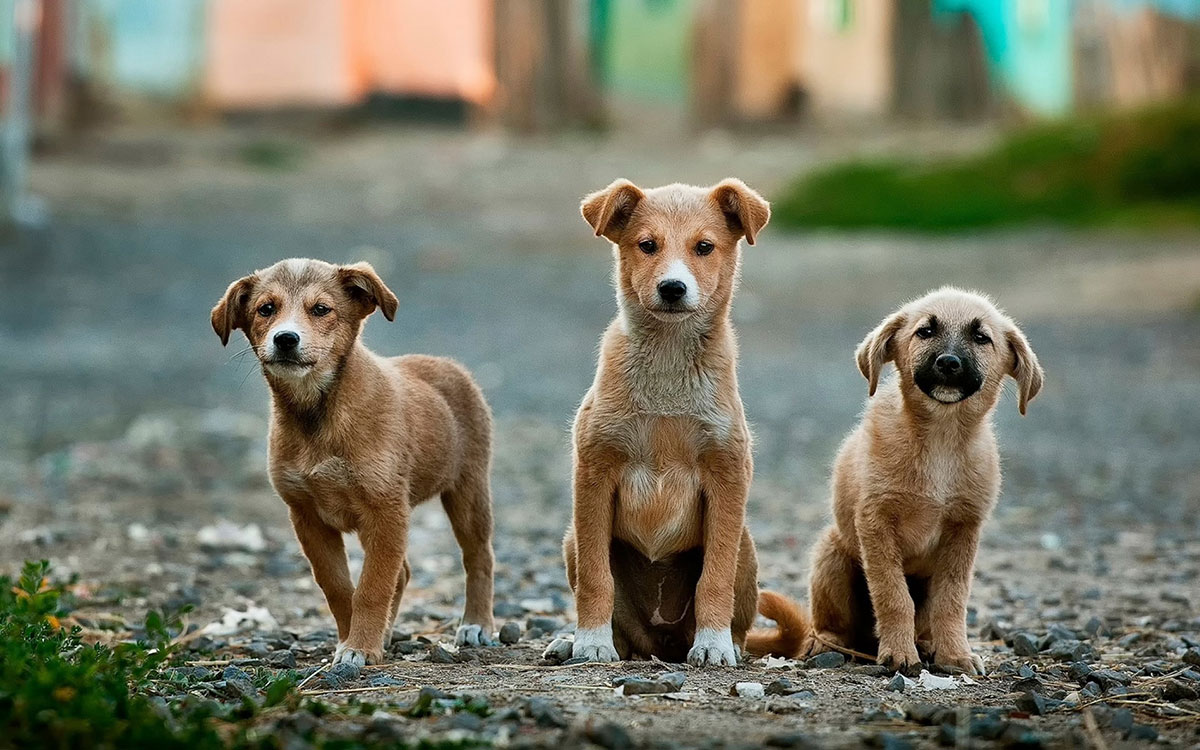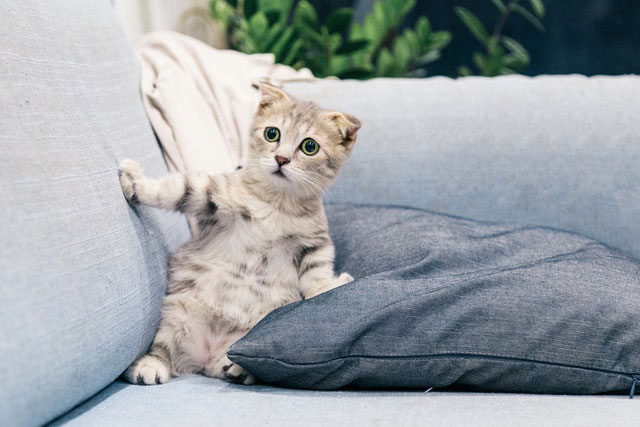Introduction
Cats come in all shapes and sizes. There are teeny lap cats and massive, awe-inspiring felids, and this is where their diversity grows. Many animal lovers wonder about the largest cat breeds as possible pets or in the wild. Studying megacats gives us insights to appreciate their unique attributes and the requirements for caring for them. Some of these big cats are gentle giants, while others rule the forest with strength. History, needs, and the role in nature are written in size.
Understanding Big Cats: An Overview of Large Cat Species
Contrasting House Big Cats From Wild Ones
There is a vast difference between wild big cats and domestic ones. Wild cats are built for muscle and hunting power; tigers, leopards, and lions learn that! Large domestic cats are bred to be gentle companions, such as the Maine Coon. Although there are things they have in common, their behavior and physical characteristics can often be quite different.
Factors Influencing Size in Cats
Genetics greatly influence cat size. Some breeds are bred to be big, while some are required to remain small. Environment again manipulates growth with enough food, space, and care allowing larger, healthier cats.
Why Size Is Considered in Cat Breeds
Size assists the wild cats in hunting within their fragile environments. Big cats, as with all cats, represent a great deal of power and beauty in the minds of most people. Some people prefer large cats, claiming that they look more majestic and cuddly, but size comes with its own set of challenges.
Largest Domestic Cat Breeds
Maine Coon: The Gentle Giant of Cats
This breed, coming from the harsh winters of Maine, is referred to as the gentle giant. They weigh anywhere from 13 pounds to 18 pounds, with some males going over 20. Maine Coons are friendly, intelligent, and enjoy human company, so they are the first choice for families. Their long, thick fur requires grooming but their calm nature makes it easy to manage.
Savannah Cat: A Hybrid With a Wild Touch
They are active, curious, and need lots of stimulation. The sleek look and quirky character come from their wild parent. Heavy-duty upkeep is in order for these cats, including secure outdoor environments and outlets for their high energy.
Ragdoll: The Chill Large Cat
They were derived in the United States as the largest cat known for docility. When you pick them up, Ragdolls tend to go limp and thus get their name from being hilariously ragdoll-like. They are best suited for calm families because of their soft coat and gentle spirit.
Other Notable Large Domestic Breeds
- Norwegian Forest Cat: Big, friendly, with thick coats to handle cold weather.
- Chausie: A hybrid with a jungle cat and domestic breed, very active and large.
- Turkish Van: Known for loving water and among the larger breeds.
Wild and Exotic Big Cats: The Largest Felines
Siberian Tiger: The Largest Tiger Subspecies
Incredibly, tigers have also been accomplished at making the biggest of all the cat species. The Siberian tiger, or Amur tiger, may be seen with a maximum length of 12 feet and a weight of above 600 pounds. These are kept in frigid Siberia and are critically endangered. Size is their key in hunting the large prey in the highly rugged conditions.
African Lion: The Iconic Big Cat
These cats have been known to the world at large for their manes. They can grow to be 10 feet long and weigh about 420 pounds. Females are smaller. Lions live in prides and are apex predators in Africa. They represent strength and bravery in many cultures.
The Largest Leopard Species
Indeed, the Amur Leopard is the exception to the general rule of leopards staying smaller. They usually are about 8 feet long and weigh up to as much as 100 pounds. Mostly found in far eastern Russia, they are critically endangered mainly because of their habitat loss and poaching.
Other Large Wild Cats
- Bengal Tiger: Very fond of rosette markings.
- Jaguar: Powerful and stocky, strongest in water.
- Snow Leopard: Adapted to cold, high-altitude habitat with a thick coat and long tail.
Factors that Determine Cat Size
Genetics and Breeding
Genetics and breeding play predominant roles in determining the length of a cat’s body. A cat can become larger through generations by the selective breeding that occurs. For example, Maine Coons and Savannahs.
Nourishment and Environment
Growth requires good feeding, which the poor diet stunts. Space and activity as well would have an effect on size, especially with wild or hybrid cats and certainly with health.
Health Considerations for Large Cats
Some big breeds have health problems like joint problems or heart conditions. Regular vet visits and a balanced diet help keep them healthy. Responsible ownership is key with big cats that may have specific needs.
Conclusion
From the highest Siberian tiger to that loveable Maine Coon, big cats are amazing because of their size and strength. However, they should be examined carefully before making a decision since such considerations involve their needs and health. Wild big cats, such as lions or leopards, also remind people of the raw strength of nature. There is no question about taking care of such megacats in the wild or as pets; these animals deserve respect and protection. Their size not only amazes but is also indicative of their great evolution and resiliency. Embrace the wonder responsibly and live by supporting efforts in conservation to succeed in keeping these giants at home.
